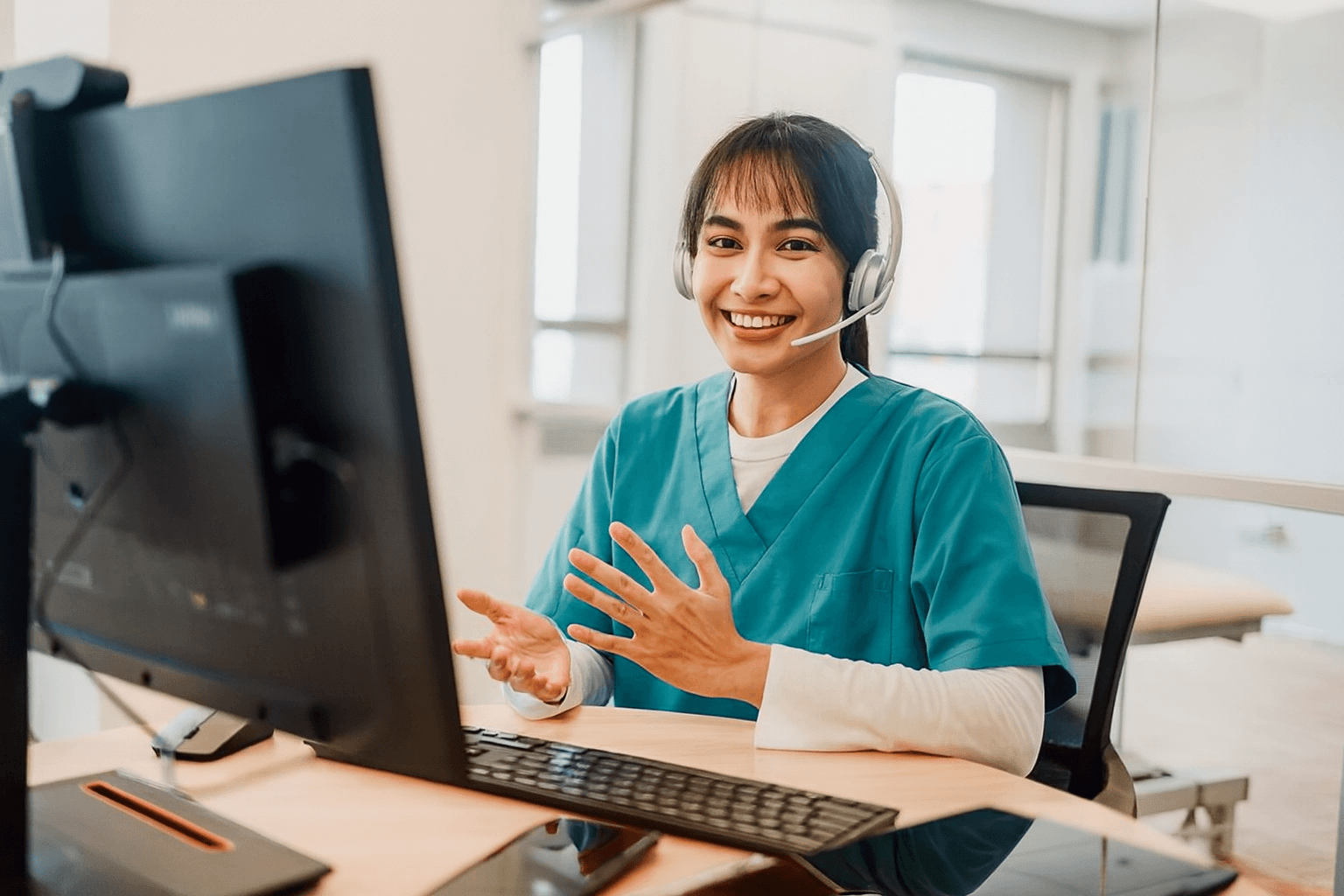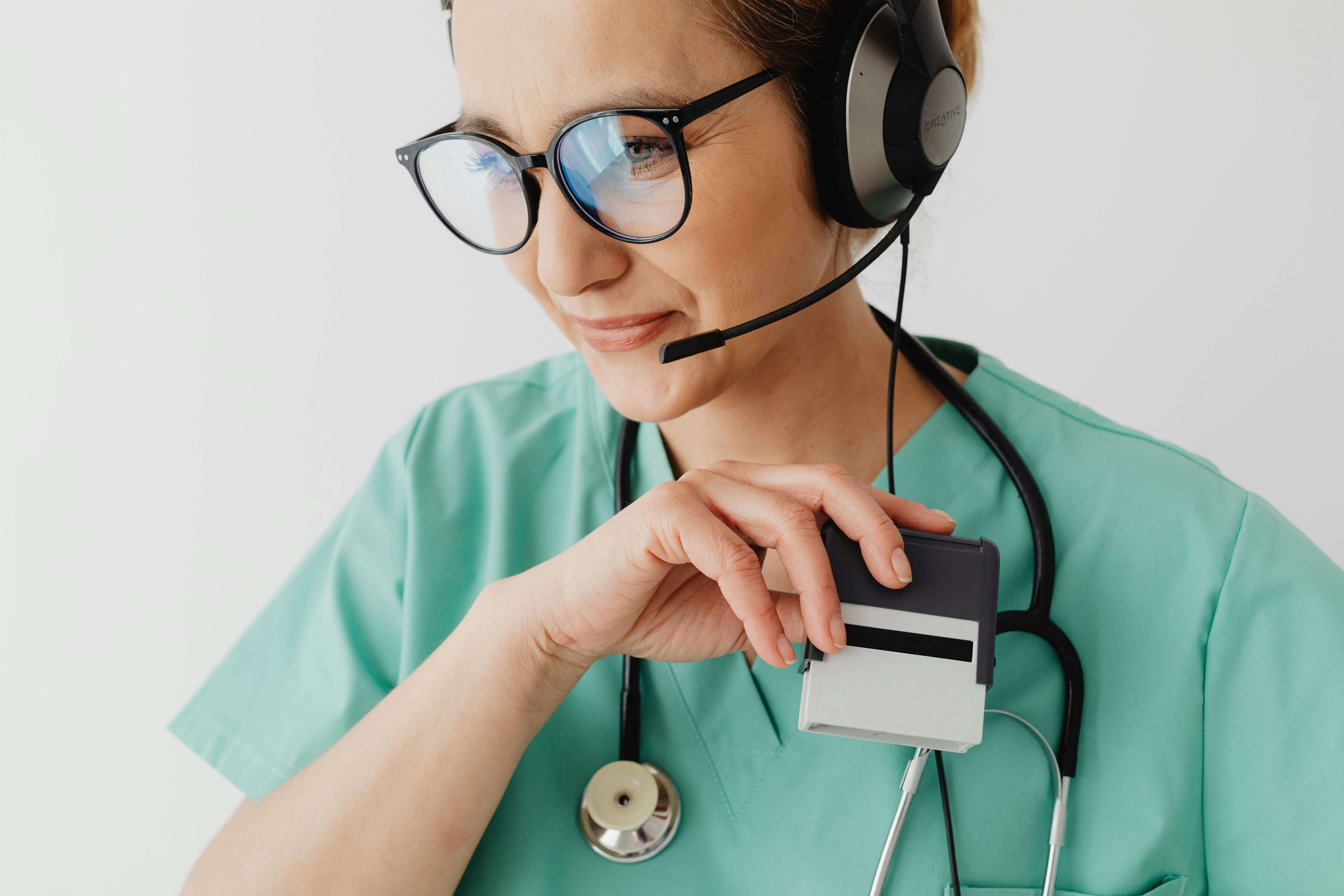Shaping the Landscape of Remote Triage Services
Remote triage is a growing part of healthcare delivery. It provides patients with access to clinical guidance without the need to visit a facility in person. The approach has been adopted in many health systems, but its effectiveness has been questioned. A systematic review commissioned by the Department of Veterans Affairs set out to answer these questions.
Researchers reviewed thousands of studies and found only a small number that met strict eligibility standards. The result is one of the most focused looks at how remote triage is performing in practice. The findings show that telephone triage is the most studied model, while newer methods such as video or web remain underexplored. These insights help define the strengths, weaknesses, and opportunities for remote triage services.
Effects of Remote Triage on Healthcare Utilization

Healthcare utilization is often the first measure when evaluating a new care model. In theory, remote triage should reduce the number of patients visiting primary care or emergency departments. The evidence from the review challenges this assumption.
Instead of reducing visits, remote triage sometimes led to an increase in healthcare utilization. Patients who might not have sought care before were referred for in-person visits after triage calls. This is not necessarily negative. It may suggest that triage systems uncover hidden demand and direct patients to services they actually need.
The lesson is that remote triage should not be viewed only as a way to cut visits. It is more accurate to see it as a tool that improves access to the right care, even if that means greater use of health resources.
Why Local Triage Systems Deliver Better Case Resolution
The review showed that not all triage systems perform equally. Local or practice-based models consistently delivered better case resolution. These systems are connected directly to the patient’s usual care team and have knowledge of community resources.
Patients using local triage services were less often referred to primary care or emergency departments compared to those using regional or national call centers. This suggests that familiarity with the patient population and local context leads to more efficient decision-making.
Centralized systems can manage higher call volumes but may rely on generic protocols that do not fit all cases. The contrast highlights how integration and context can make remote triage more effective at resolving patient concerns without unnecessary referrals.
What Do We Know About Patient Safety in Remote Triage

Patient safety is always a primary concern in healthcare innovation. The systematic review found that only two studies directly measured safety outcomes. Both showed no significant differences between telephone triage and usual care.
This indicates that remote triage is generally safe. High call-resolution rates support this view. When patients get clear advice promptly, delays and risks of untreated conditions are reduced. However, the limited number of safety studies means the evidence is not as strong as it could be.
For now, the available data supports the conclusion that remote triage does not compromise patient safety. As more systems are adopted, future research should confirm this in larger and more diverse populations.
How Can Remote Triage Shape the Future of Clinical Outcomes
Remote triage has potential to influence broader clinical outcomes. By providing immediate guidance, it helps patients make informed choices about seeking care. The review suggests improvements in case resolution and timely access.
However, most studies looked only at telephone models. There is almost no evidence yet on video, SMS, or web-based triage. As healthcare systems continue shifting toward digital care, this is a significant gap.
Expanding research into these newer modalities will show whether they can enhance clinical outcomes further. Patients increasingly expect multiple ways to connect with providers. Remote triage can act as the first point of contact, ensuring resources are used efficiently while patients feel supported.
Can Remote Triage Improve Healthcare Access for All

Access remains one of the most pressing issues in modern healthcare. Remote triage offers an important path to improve access for patients who face barriers such as transportation limits, rural distance, or mobility issues.
By providing quick clinical guidance, remote triage removes the uncertainty that often prevents patients from seeking help. For some, a simple call can be the step that leads to timely treatment. Yet the impact depends on system design.
When triage services are tied closely to local clinics, patients receive clear and actionable next steps. When they are disconnected, patients may experience more referrals and confusion. This makes integration into local care networks essential for improving healthcare access across diverse populations.
Closing Thoughts for Healthcare Leaders
The systematic review highlights both strengths and gaps in current evidence. Remote triage appears safe and valuable for case resolution, especially in local systems. It does not consistently reduce healthcare utilization, which shows the importance of setting realistic goals.
Healthcare leaders should approach remote triage as one part of a wider care strategy. Integration, safety, and patient experience must guide implementation. As digital platforms grow, more studies are needed to assess video, SMS, and web-based triage.
Your organization can benefit from a future-ready triage system that balances access, safety, and efficiency. Patients deserve fast and reliable answers, while providers need tools that support clear decision-making. Now is the time to invest in smarter models of patient support. Connect with our team today and discover how remote triage can help you shape stronger healthcare outcomes.
